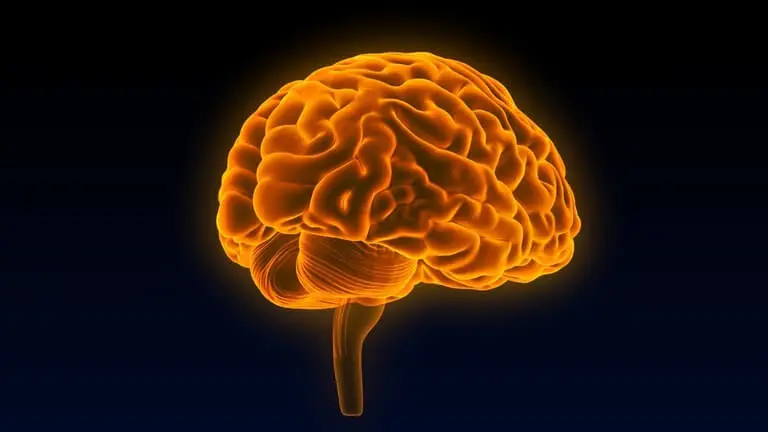Before anybody can prove or disprove their authenticity, conventional wisdom and old wives’ tales can often take on their own lives. Misconceptions frequently find their way into people’s minds and spread quickly through social media and word-of-mouth. These days, the Internet is a double-edged weapon that can both instantaneously reveal the truth and quickly propagate misinformation and a list of common misconceptions about people.
Everybody has an opinion, and the truth is frequently distorted to fit different ideologies and biases. Sorting fact from fiction might be difficult, with the media spewing false news and common misconceptions.
Let us jump to the top 5 five list of common misconceptions about people:

The Ancestors Of Humans Are Apes

A Common Misconception About People: Is that their ancestors are chimpanzees and monkeys.
Your forefathers were not monkeys, though. According to evolution theory, apes and monkeys are our closest living cousins and share ancestry with humans. More than 90% of the genetic makeup of humans and chimpanzees is similar. However, the modern human’s ancestor was neither a monkey nor a human; rather, a recent study reveals that it was an ape-like creature with characteristics that encouraged the use of tools. This ancestor lived on Earth about seven million years ago.
One of the most widespread misconceptions regarding Darwin’s theory is that humans evolved from chimpanzees, which is false. Neither Darwin nor any other reputable biologist ever claimed this. In reality, some religious fanatics promoted this myth in the 19th century to discredit Darwin and spread anti-evolution sentiment among the believers.

People Population Growth Explosion

A Common Misconception About People: Is that more than half of them ever born are still living today.
Certainly, seven billion is a significant number. However, because there is no precise demographic definition, most serious demographers, economists, and population experts rarely use the term overpopulation. Haiti, for instance, has a 1.3% yearly population growth rate. Can that country be considered overcrowded? If so, was the United States overcrowded in 1790, when the country was booming at a rate of more than 3% annually? And if population density is the right metric, Monaco, which has more than sixteen thousand people per square km, faces a much bigger issue than Bangladesh, which has one thousand people per square km.
A common misconception has probably been spread by people who think that reducing the number of humans in the world is the best way to save it. This is also not a recent misconception; Thomas Malthus prophesied in 1798 that population growth would overwhelm the world’s food supply by the middle of the nineteenth century.
According to the Population Reference Bureau, there have been over hundred and six billion people on Earth at one point in time. With a current global population of nearly 6 billion, only about 6% of those who have ever been born are still alive. This number is substantially lower than the exaggerated estimates of a population explosion. In reality, many countries today are experiencing negative birth rates and not having enough children to replace the aging population.

Human Intelligence, Consciousness, And Brainpower

A Common Misconception About People: Is that they only use 10% of their brains.
This is simply untrue. No one is exactly sure where this tale originated, but we know how it has lasted so long. When people initially started making this untrue claim, psychics determined that it was why some people possessed paranormal skills while others did not. Paranormal powers were only released in those who had learned to use more than 10% of their brains. They felt that some part of the brain could produce psychic skills if tapped. This undoubtedly boosted their profits because countless books that claim to teach people how to obtain this power have since been published.
So, what’s the real story here? The brain is there because humans use it entirely. A hemispherectomy is an example of a surgical technique that removes the entire left half of the brain. The patient has partial paralysis of the body after this procedure.

Taste Map Of The Tongue

A Common Misconception About People: Is that their tongue’s taste buds are divided into four categories, i.e. sweet, sour, salty, and bitter.
The tongue can sense all five basic flavors identified so far in roughly equal amounts. Scientists have discovered a protein that recognizes a sour taste on the tongue. This protein plays a significant role in the ability of mammals like humans to identify damaged or unripe food. Years of study using genetically modified mice led to the discovery, which has been recognized as a little step in understanding the taste mechanics of the tongue.
You may be familiar with the tongue map, where the taste buds for sweetness are located on the tip of the tongue. In contrast, those for salt are located on each side of the front of the tongue, followed by those for sour and bitter at the back of the tongue. It’s simple enough to disprove this tongue map. On the tip of your tongue, sprinkle some salt; it will still taste. For strange reasons, scientists never attempted to disprove this disagreeable fact.

Hair Grows Thicker After Shaving

A Common Misconception About People: Is that their fair grows back thicker and tougher after shaving.
Contrary to popular misconception, shaving your head does not cause hair to regrow more quickly or thickly. In actuality, clinical trials conducted in 1928 disproved this myth. The misconception is still prevalent today, even a century later. This can be because hair that grows back after shaving frequently has a distinct look and feel.
The fact that uncut hair eventually develops split ends or a taper, which feels softer than freshly cut hair, is why so many people think this. This explains why a man’s beard feels soft, but his shaving feels tough. If this belief were true, every man who started to become bald would get a haircut to encourage the growth of thicker hair again. It’s odd that so many people still buy into a narrative that is so false.
More Related Article: Top 5 Five Real Mythical Creatures That Actually Exist
